Neurotransmitters, part three: opioid peptides
In the first two texts, Atlas talked about the monoamine neurotransmitters and their assistants in inhibiting and stimulating neurotransmitters . This time it will be about small tricky molecules of peptides that play an important role in the life of the organism - they bring joy and relieve pain.
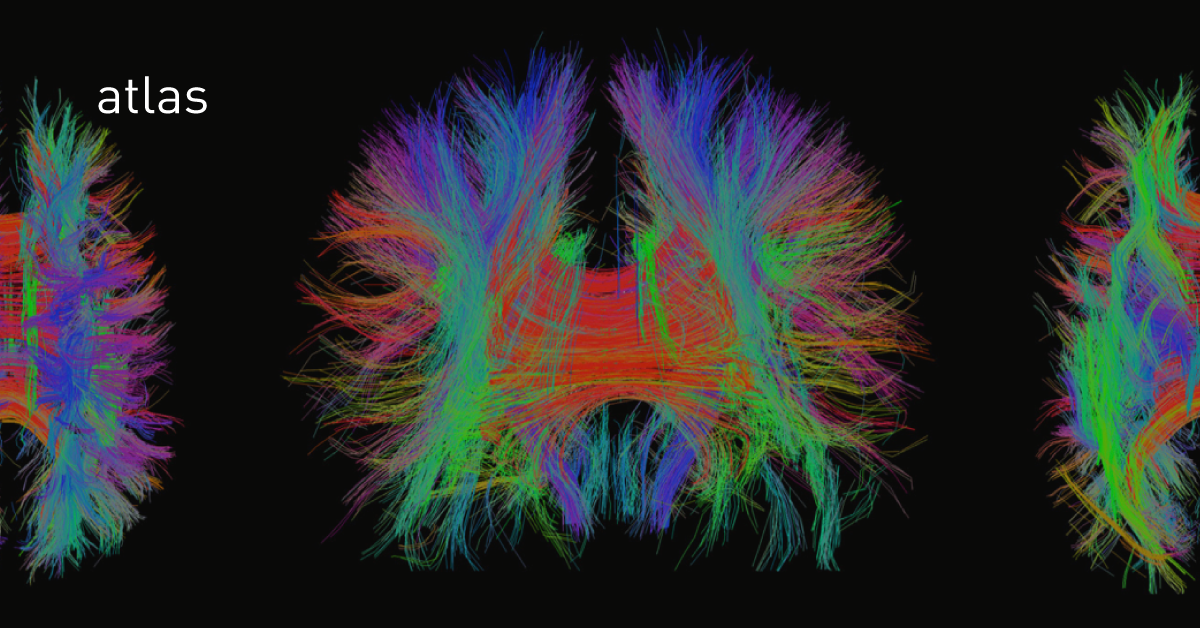
Peptides are small molecules that consist of several amino acid residues. Size is the only thing that distinguishes the peptide from the protein: as soon as the number of residues reaches 50, the polypeptide is called protein. Peptides are synthesized in different tissues of the body. Each peptide has its own precursor — protein — the precursor, from which peptide is obtained in the process of hydrolysis (cleavage).
The main function of peptides is the transfer of information between cells. The body actively uses peptides for a variety of needs - to protect against toxins and bacteria (peptides are now one of the most promising antibiotics), cell regeneration, appetite regulation, and pain relief - and this list can be added indefinitely. In short, peptides are thousands of tireless project managers, without whom nothing works.
')
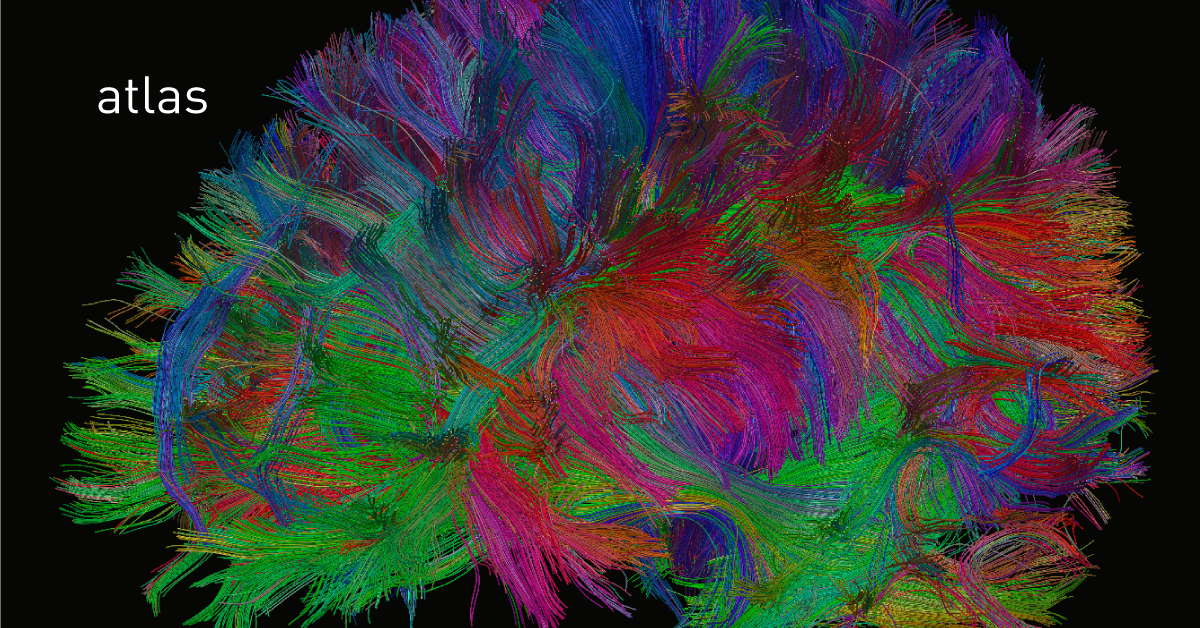
This is a group of peptides that interact with opioid receptors. These include the famous endorphins, as well as enkephalins and dinorphins.
The name "endorphins" is derived from the phrase "endogenous morphines" - morphines synthesized by the body itself. They block the transmission of pain impulses and affect a person’s emotional state. It is believed that a high concentration of endorphins causes a feeling of euphoria, but other neurotransmitters influence the formation of this condition.
The brain increases the production of endorphins in response to pain, although there are other ways to increase their concentration. One of them is long-distance running (it is endorphins that cause the runner’s euphoria); the other is to laugh a lot , and preferably in good company. Also help your favorite music and dancing.
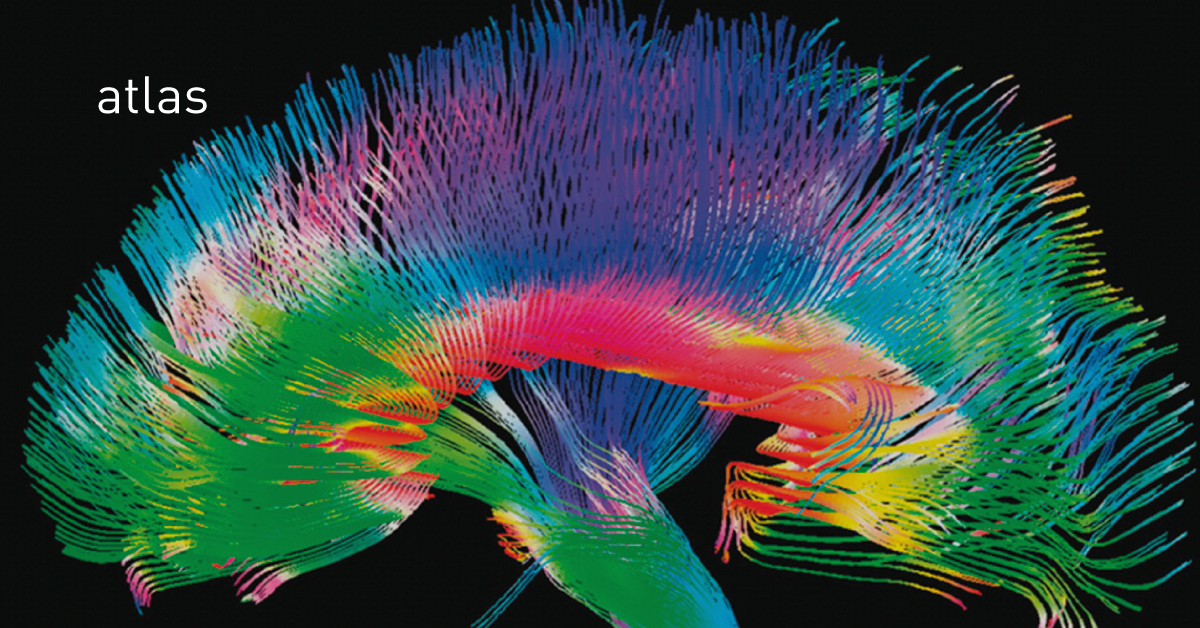
There are several types of endorphins. Alpha-endorphins affect emotions and motor activity. Gamma-endorphins, on the contrary, reduce emotional activity. Beta endorphins are the most active agent of interaction with opioid receptors, they are responsible for the anesthesia and activation of the reward system. Beta endorphins are the first to respond to inflammatory processes.
Enkephalins and dinorphins are very similar in structure and action to endorphins, they only originate from other precursors and interact differently with opioid receptors. According to research , the effectiveness of dinorphine as a painkiller is 6 times higher than that of morphine.
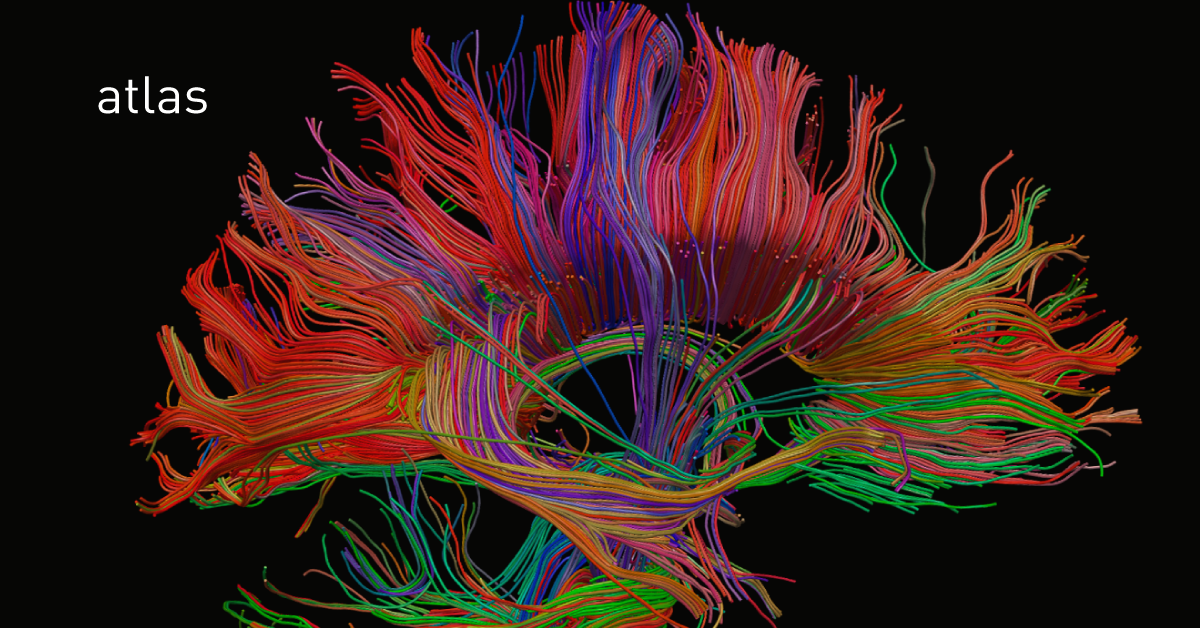
There are four types of opioid receptors - mu, delta, kappa and nociseptin receptor. Mu receptors are encoded by the OPRM1 gene and control the process of anesthesia and interaction with the dopamine reward system. Therefore, interest in food, the learning process and the formation of social attachments are associated with these receptors. Mutations in the gene are associated with the formation of dependence on nicotine, cocaine and alcohol. Mu receptors interact with beta endorphins and enkephalins.
Delta receptors also interact with endorphins and enkephalins, but have less influence on the reward system than mu receptors. Kappa receptors differ in their action: in addition to anesthesia, they are associated with inhibition of motor activity and negative reward - a sense of discomfort in response to certain human actions. Mutations in the OPRK1 receptor gene are also associated with alcohol and opioid dependence.
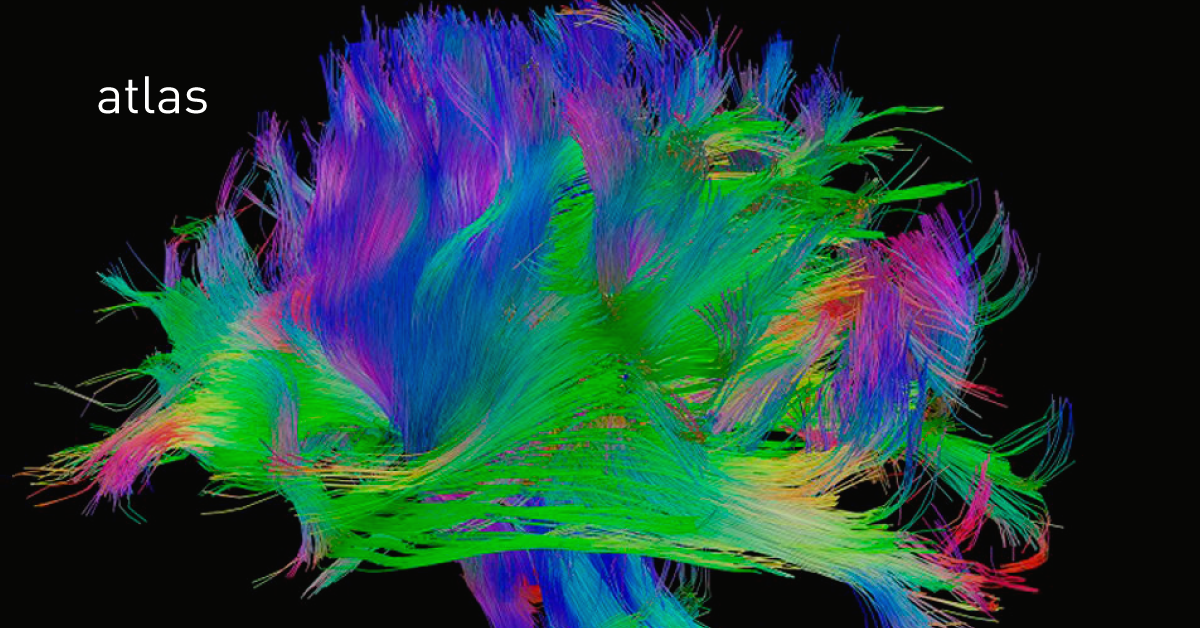
The peptide nociceptin and its receptor have been discovered quite recently. They act in the opposite way compared to other opioid receptors - they do not anesthetize, but, on the contrary, increase sensitivity to pain. Therefore, for anesthesia, it is not necessary to stimulate the NOP receptor, but rather to block its operation. Thus, a nociseptin inhibitor can be a potential painkiller that is not addictive.
The most well-known opioid receptor stimulants are morphine, heroin, codeine and loperamide. The latter is part of the remedy for diarrhea: it does not pass the blood-brain barrier, so it does not affect the brain, and its effect applies only to intestinal cells.

Together with the story of opioid receptors, we end the topic of neurotransmitters. We managed to discuss not all active substances: for example, in the first part we missed the neurotransmitter of a group of monoamines, which excessive activity can fairly ruin life. In order not to return to this topic, we give you a homework: to find out which mediator is in question and how it works.
All who will not be lazy and do their homework, can call the clinic "Atlas" and use the answer as a promotional code for a 10% discount on the reception of an allergist-immunologist. It's time to do it in the fall.
PS Part one and second story about neurotransmitters

What kind of peptides are
Peptides are small molecules that consist of several amino acid residues. Size is the only thing that distinguishes the peptide from the protein: as soon as the number of residues reaches 50, the polypeptide is called protein. Peptides are synthesized in different tissues of the body. Each peptide has its own precursor — protein — the precursor, from which peptide is obtained in the process of hydrolysis (cleavage).
The main function of peptides is the transfer of information between cells. The body actively uses peptides for a variety of needs - to protect against toxins and bacteria (peptides are now one of the most promising antibiotics), cell regeneration, appetite regulation, and pain relief - and this list can be added indefinitely. In short, peptides are thousands of tireless project managers, without whom nothing works.
')

Opioid peptides
This is a group of peptides that interact with opioid receptors. These include the famous endorphins, as well as enkephalins and dinorphins.
The name "endorphins" is derived from the phrase "endogenous morphines" - morphines synthesized by the body itself. They block the transmission of pain impulses and affect a person’s emotional state. It is believed that a high concentration of endorphins causes a feeling of euphoria, but other neurotransmitters influence the formation of this condition.
The brain increases the production of endorphins in response to pain, although there are other ways to increase their concentration. One of them is long-distance running (it is endorphins that cause the runner’s euphoria); the other is to laugh a lot , and preferably in good company. Also help your favorite music and dancing.

There are several types of endorphins. Alpha-endorphins affect emotions and motor activity. Gamma-endorphins, on the contrary, reduce emotional activity. Beta endorphins are the most active agent of interaction with opioid receptors, they are responsible for the anesthesia and activation of the reward system. Beta endorphins are the first to respond to inflammatory processes.
Enkephalins and dinorphins are very similar in structure and action to endorphins, they only originate from other precursors and interact differently with opioid receptors. According to research , the effectiveness of dinorphine as a painkiller is 6 times higher than that of morphine.

Opioid receptors
There are four types of opioid receptors - mu, delta, kappa and nociseptin receptor. Mu receptors are encoded by the OPRM1 gene and control the process of anesthesia and interaction with the dopamine reward system. Therefore, interest in food, the learning process and the formation of social attachments are associated with these receptors. Mutations in the gene are associated with the formation of dependence on nicotine, cocaine and alcohol. Mu receptors interact with beta endorphins and enkephalins.
Delta receptors also interact with endorphins and enkephalins, but have less influence on the reward system than mu receptors. Kappa receptors differ in their action: in addition to anesthesia, they are associated with inhibition of motor activity and negative reward - a sense of discomfort in response to certain human actions. Mutations in the OPRK1 receptor gene are also associated with alcohol and opioid dependence.

"Sensitive" nociceptin
The peptide nociceptin and its receptor have been discovered quite recently. They act in the opposite way compared to other opioid receptors - they do not anesthetize, but, on the contrary, increase sensitivity to pain. Therefore, for anesthesia, it is not necessary to stimulate the NOP receptor, but rather to block its operation. Thus, a nociseptin inhibitor can be a potential painkiller that is not addictive.
Opioid receptor agonists
The most well-known opioid receptor stimulants are morphine, heroin, codeine and loperamide. The latter is part of the remedy for diarrhea: it does not pass the blood-brain barrier, so it does not affect the brain, and its effect applies only to intestinal cells.

Together with the story of opioid receptors, we end the topic of neurotransmitters. We managed to discuss not all active substances: for example, in the first part we missed the neurotransmitter of a group of monoamines, which excessive activity can fairly ruin life. In order not to return to this topic, we give you a homework: to find out which mediator is in question and how it works.
All who will not be lazy and do their homework, can call the clinic "Atlas" and use the answer as a promotional code for a 10% discount on the reception of an allergist-immunologist. It's time to do it in the fall.
PS Part one and second story about neurotransmitters
Source: https://habr.com/ru/post/398137/
All Articles